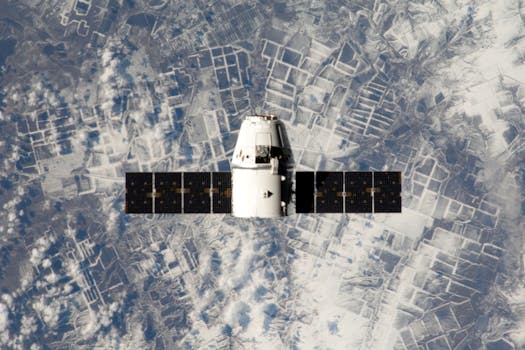From Geostationary to Low Earth Orbit: The Evolution of Satellite Telecommunications in 2023

From Geostationary to Low Earth Orbit: The Evolution of Satellite Telecommunications in 2023
Satellite Telecommunications has become an essential part of modern communication, providing connectivity to remote and underserved areas. The industry has undergone significant transformations in recent years, shifting from geostationary to low Earth orbit. This evolution has enabled faster and more reliable communication services, revolutionizing the way we connect and communicate. In this article, we will explore the evolution of satellite telecommunications and its impact on the industry.
Introduction to Satellite Telecommunications
Satellite telecommunications involve the use of satellites in orbit around the Earth to transmit and receive data. The first commercial satellite, Intelsat 1, was launched in 1965, marking the beginning of the satellite telecommunications era. Since then, the industry has experienced rapid growth, with the launch of numerous satellites and the development of new technologies. The early satellites were primarily used for television broadcasting, telephone services, and data transmission.
The Shift from Geostationary to Low Earth Orbit
Traditionally, satellites were placed in geostationary orbit, which is approximately 36,000 kilometers above the equator. This orbit allows satellites to remain stationary relative to a fixed point on the Earth’s surface, providing continuous coverage of a specific region. However, geostationary satellites have some limitations, including high latency and limited bandwidth. The shift to low Earth orbit has addressed these limitations, providing faster and more reliable communication services. Low Earth orbit satellites are placed at an altitude of around 160 to 2,000 kilometers, which reduces latency and increases bandwidth.
Benefits of Low Earth Orbit Satellites
The shift to low Earth orbit satellites has numerous benefits, including faster data transmission rates, lower latency, and increased bandwidth. Low Earth orbit satellites are also more fuel-efficient and have a longer lifespan compared to geostationary satellites. Additionally, low Earth orbit satellites can provide global coverage with a smaller number of satellites, reducing the cost of launching and maintaining a constellation of satellites.
Challenges and Future Directions
Despite the benefits of low Earth orbit satellites, there are still challenges to be addressed. One of the major challenges is interference from other satellites and terrestrial systems. The increasing number of satellites in low Earth orbit also raises concerns about space debris and satellite collisions. To address these challenges, the industry is developing new technologies, such as advanced propulsion systems and autonomous navigation. The future of satellite telecommunications is expected to be shaped by the development of 5G and 6G networks, which will require even faster and more reliable communication services.


